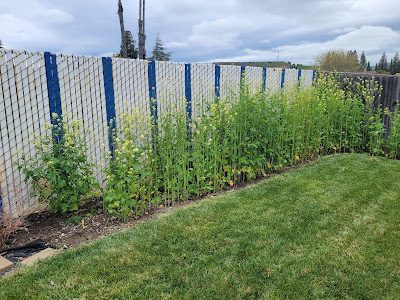One extremely popular cucumber that is very difficult to find is called the English Telegraph or sometimes also called the “Telegraph Improved”. Some of the drawbacks of this variety as a grower include the fact that it does not care much for hot weather and is extremely parthenocarpic. Because the female flowers set fruit without pollination, this makes the English Telegraph very difficult for saving seed. When I say difficult, I mean that some fruit will go from blossom to maturity without the flower opening up. This makes pollination practically impossible. Even with those flowers that do blossom, 20 seeds per fruit is an extremely high count and average counts for this variety average about 5 seeds per fruit.
With such an abysmal outlook on the harvest, why would anyone want to try saving seeds of this variety? Because it can be grown in a greenhouse, has nice long cucumbers and, once established, is generally easy to care for.
Over time I have had difficulty sourcing seed for this variety, so I decided to try growing some seed for myself. In my greenhouse, I began by trying to grow some seed from three different sources including the GRIN government repository, Some from Seed Savers Exchange and few leftover seeds from the old Sustainable Seed Company.
The GRIN repository variety did alright, but over time it became very apparent that the variety was not true-to-type. The cucumbers did grow, but they were a bit warty and short – nothing like the regular English Telegraph. However, they were parthenocarpic – producing fruit without pollination. After a little while, I tossed the plants. This variety failed the true-to-type requirement of my experiment.
The Old Sustainable Seed Company seed produced great looking straight cucumbers that – more often than not – looked just like the English Telegraph cucumber should. However, the problem was that once harvested the fruit had no seed in them. To add insult to injury, I had absolutely no seed left.
Finally, the Seed Savers Exchange English Telegraph was true-to-type, a little curved, slightly bitter and produced some seed – but none was viable. At least with the Seed Savers variety, I had a jumping off point for future grow-outs. Finally, I have the opportunity to try growing more English Telegraph cucumbers in the future.






































































